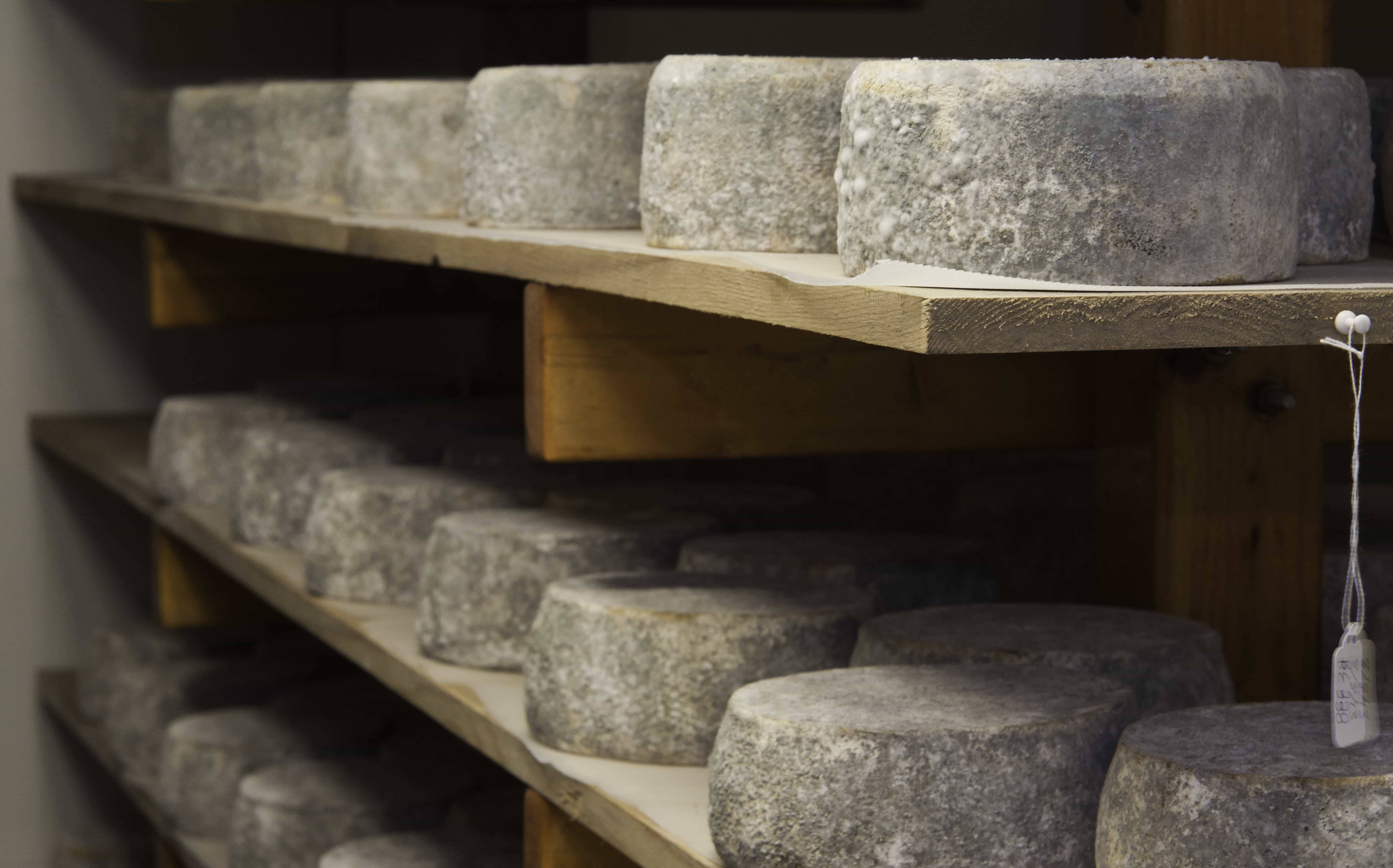
When the culture staff saw the news of the Vulto Creamery cheese recall caused by listeria contamination last year, we were heartbroken for the consumers who lost their lives; for the cheesemaker’s business and livelihood now at risk; and for members of the cheese community in the US, who have worked tirelessly to ensure food safety in their products. We—like many cheesemakers, distributors, and retailers around the country—are concerned that this incident will unfairly cause people to perceive artisan cheese as an unsafe product.
After reading media coverage that contributed to this misguided notion, we thought it would be helpful for people to read a little further about where the risks lie in terms of food safety and cheese.
1. Don’t confuse raw fluid milk and raw-milk cheese. The milk you pick up in the grocery store has been pasteurized—heat treated to kill off bacteria both “bad” (i.e. pathogens like listeria and salmonella) and “good.” This extends shelf life and improves food safety. Raw milk has not been pasteurized. It’s not sterile but is full of microorganisms prized by cheesemakers for their ability to transform into flavor and aroma compounds. It carries inherent risk but once raw milk is transformed into cheese, the risk factor goes down. See #2.
2. Raw-milk cheese made according to established protocols is safe. In the US, cheese made with raw milk must be aged for 60 days before it is sold to consumers. When some types of cheese (such as low-moisture, cooked curd styles like Gruyere) mature, they become more acidic and lose much of their moisture, creating an environment where listeria and other pathogens are less likely to thrive. In soft-ripened cheese, though, the cheese retains more moisture and the pH rises during aging (resulting in a less acidic product); both of these factors can lead to increased risk of pathogen growth during ripening. Either way, cheesemakers in the US have worked with the Food and Drug Administration to create and adhere to many food safety protocols—sanitation processes, Hazard Analysis and Critical Control Points (HACCP) plans, pathogen controls, testing—all along the production chain to ensure a safe product.
3. Milk isn’t necessarily the source of contamination. Raw milk doesn’t come out of an animal already tainted with listeria. The pathogen could find its way into the milk via an infected udder or elsewhere in the environment. But once the milk is transformed into cheese, contamination can happen in any number of ways. These include dampness in an aging facility, handling practices, or cross-contamination from an infected employee. This is important to note: the risk of contamination isn’t exclusive to raw milk. It’s possible throughout the production process, which means that all cheese (especially soft cheese, since it has a higher moisture content) carries a certain amount of risk.
4. Listeria contamination in cheese is relatively rare. When the FDA conducted a survey of more than 1,600 raw-milk cheeses for different common food-borne pathogens in 2014, only 10 samples, or 0.62 percent, were found to have listeria. Among those, five were domestic cheeses. However, listeria does have a high fatality rate (the proportion of deaths within the confirmed cases of the disease): nearly 20 percent compared to 0.5 percent in salmonella.
5. Other foods can harbor listeria, too. Although listeria outbreaks have been reduced over the past 20 years due to closer regulatory oversight, we’ve seen outbreaks in cantaloupes, packaged caramel apples, and bean sprouts in recent years. Again, it’s a reminder that raw milk itself is not necessarily the culprit in listeria outbreaks.
We visited Vulto’s creamery last year and were moved not only by his personal story, but by his drive to learn and improve his craft to the point that a side project could become his main focus over the course of just a few years. He is one of hundreds of artisan cheesemakers creating unique and delicious cheese in this country. As food safety records show, consuming most foods comes with a degree of risk that consumers must weigh. Knowing how diligent the cheesemaking industry has been in ensuring food safety, our hope is that consumers will continue to support domestic cheesemakers, and make fully informed risk assessments when doing so.
A previous version of this article indicated that cheese becomes acidic and loses moisture during aging; this is not the case for all cheeses. Also, the article had previously noted that pathogens such as listeria cannot survive in cheese aged for 60 days or longer; however, it is possible for these pathogens to be present.
Feature Photo Credit: Gregory Cherin



